Pure titanium dioxide is a fine, white powder that provides a bright, white pigment. Titanium dioxide has been used for a century in a range of industrial and consumer products, including paints, coatings, adhesives, paper, plastics and rubber, printing inks, coated fabrics and textiles, as well as ceramics, floor coverings, roofing materials, cosmetics, toothpaste, soap, water treatment agents, pharmaceuticals, food colorants, automotive products, sunscreen and catalysts.
Pigment-grade Titanium Dioxide
Pigment-grade titanium dioxide is used in a range of applications that require high opacity and brightness. In fact, most surfaces and items that are white and pastel, and even dark shades of color, contain titanium dioxide. Pigment-grade titanium dioxide is used in a range of applications, including:
- Paints and Coatings: Titanium dioxide provides opacity and durability, while helping to ensure the longevity of the paint and protection of the painted surface.
- Plastics, Adhesives and Rubber: Titanium dioxide can help minimize the brittleness, fading and cracking that can occur in plastics and other materials as a result of light exposure.
- Cosmetics: Pigment-grade titanium dioxide is used in some cosmetics to aid in hiding blemishes and brightening the skin. Titanium dioxide allows for the use of thinner coatings of make-up material for the same desired effect.
- Paper: Titanium dioxide is used to coat paper, making it whiter, brighter and more opaque.
- Food Contact Materials and Ingredients: The opacity to visible and ultraviolet light offered by titanium dioxide protects food, beverages, supplements and pharmaceuticals from premature degradation, enhancing the longevity of the product. Specific classes of high purity pigment-grade titanium dioxide are also used in drug tablets, capsule coatings and as a decorative aid in some foods.
Ultrafine-grade, or Nanoscale Titanium Dioxide
Ultrafine-grades of titanium dioxide are most commonly used in the following specialty applications:
- Sunscreen: Nanoscale titanium dioxide becomes transparent to visible light while serving as an efficient UV light absorber. Because the particle size is so small, nano-titanium dioxide does not reflect visible light, but does absorb UV light, enabling a transparent barrier that protects the skin from the sun’s harmful rays. According to the Skin Cancer Foundation, using sunscreens containing titanium dioxide can help prevent the occurrence of skin cancer.
- Catalysts: Nanoscale titanium dioxide is used as a support material for catalyst applications. It is used in the automotive industry to remove harmful exhaust gas emissions and in power stations to remove nitrous oxides.
Safety Information:
The U.S. Food and Drug Administration (FDA) has assessed the safety of titanium dioxide pigment as a color additive in food, drug and cosmetic applications. FDA had issued guidance clarifying the safe use of titanium dioxide pigment as a food colorant, and has stated that titanium dioxide may be safely used in cosmetics, including cosmetics intended for use around the eye. FDA also regulates the safety and effectiveness of sunscreens and their ingredients, including nanoscale titanium dioxide.
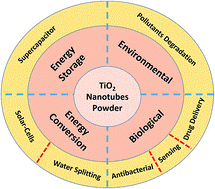
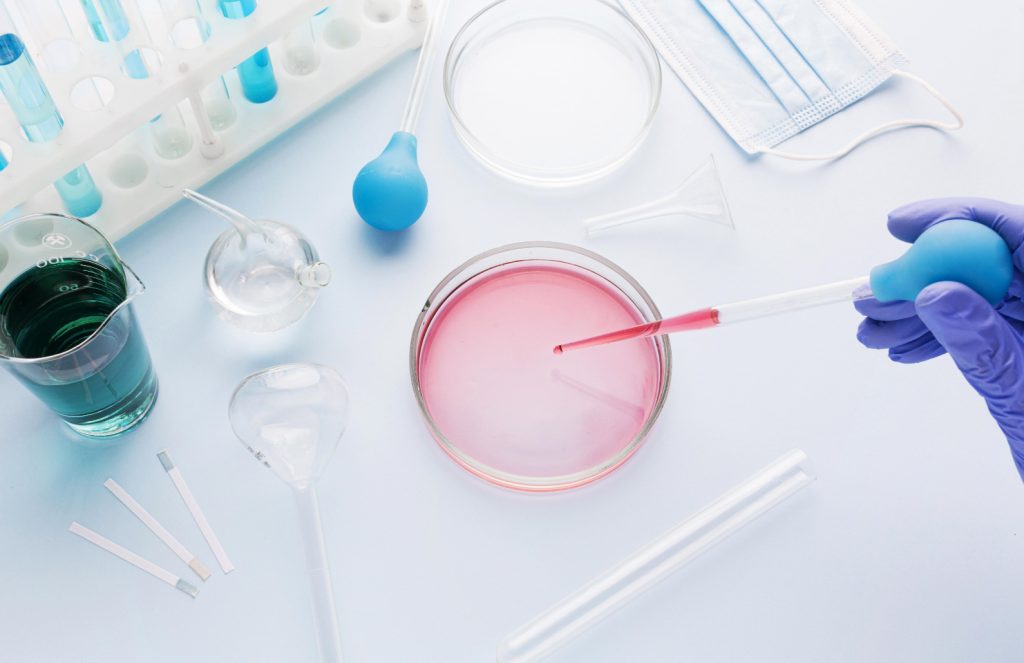
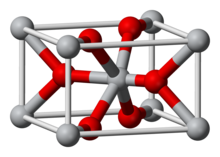
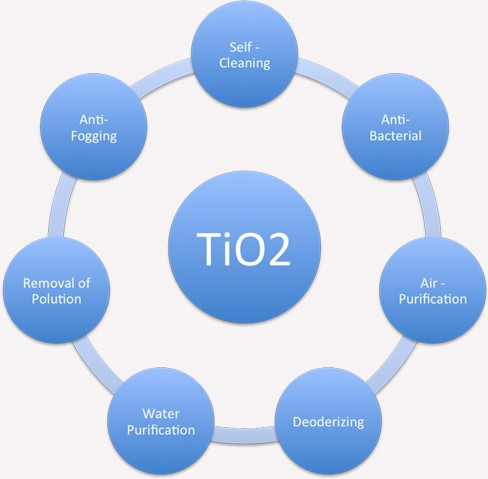

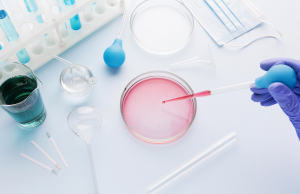
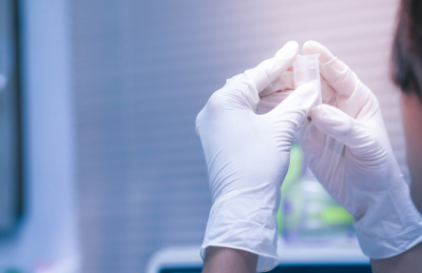 Simulated body solution (SBF) is a solution with an ion concentration relatively similar to blood plasma, which is prepared under physiological body temperature and pH conditions. This solution was first used by Kokobo and his colleagues to investigate the changes on the surfaces of bioactive glass ceramics. This test is one of the common tests for investigating the bioactivity or biodegradability of biomaterials, and due to the ease of work and the lack of equipment and facilities, it has a wide range and high application, and at the same time, it provides decisive results for researches. has it.
Simulated body solution (SBF) is a solution with an ion concentration relatively similar to blood plasma, which is prepared under physiological body temperature and pH conditions. This solution was first used by Kokobo and his colleagues to investigate the changes on the surfaces of bioactive glass ceramics. This test is one of the common tests for investigating the bioactivity or biodegradability of biomaterials, and due to the ease of work and the lack of equipment and facilities, it has a wide range and high application, and at the same time, it provides decisive results for researches. has it.